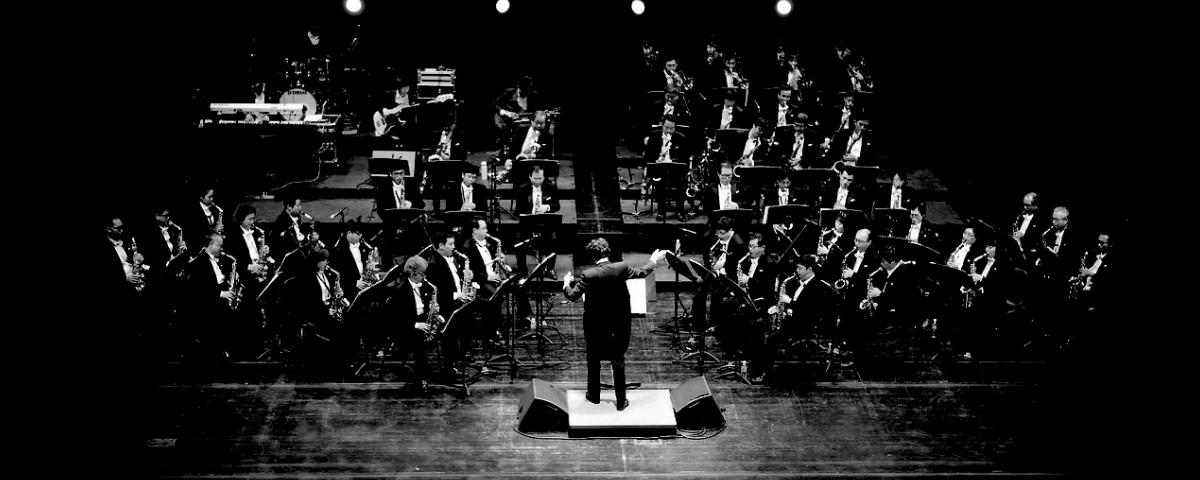Introduction
In the world of risk management and financial crime prevention, orchestrating an effective financial crime defence strategy is essential to maintaining the integrity and stability of a financial institution and our wider financial industry.
One of the key tools in this endeavour is the Business Wide Risk Assessment (BWRA). In this blog, we will explore the role of BWRA as the sheet music for and conductor of a symphony orchestra, that can be matured to enable a more embedded and smooth risk management experience much like the improvisational collaboration of a jazz band. So too we will explore how the BWRA may play a pivotal role in bringing together teams like compliance, risk management and operations; that may currently play in solo; to ensure prioritisation and effective mitigation of financial crime.
The Soloists
Most financial institutions have their soloists - the individuals and functions who are experts in their specific domains; compliance, risk management and operations. These experts, much like virtuoso musicians may practice and perform on their own. These experts work diligently in their respective areas seeking to achieve their respective aims. However, as in music, playing in solo; without direction or a strategy this can lead to a disjointed and chaotic performance, which may can due to dis-alignment create additional vulnerabilities.
Composers, Conductors and the Symphony Orchestra
Whilst many organisations will have a BWRA in place to ensure compliance with various financial crime regulations, where downstream risk-management fails as a result of their poor design or effectiveness the ramifications can reach far beyond non-compliance. In my experience, the BWRA remains a common source of dis-harmony and friction, replaying what institutions have already heard and fail to provide the direction to enable the transformation of organisational effectiveness according to their full potential.
For this reason we believe industry need to re-imagine and re-compose the BWRA. Traditional approaches, may focus solely on compliance obligations or provide only a high-level view of the criminal landscape. The sheet music needs to be re-imagined with through a broader and deeper understanding of the criminal landscape into a taxonomy of threats and risks across each Risk Area. Composers need look no further for inspiration; financial crime intelligence.
To create a harmonious and coordinated defence strategy however; financial institutions need a platform that can bring together their soloists in a dynamic way, much like a symphony orchestra that requires a conductor. The BWRA can offer a structured framework to identify and assess the exposure to financial crime risk areas and enabling the organisation a way to understand, prioritise and direct their strategy and controls; to effectively, efficiently and proactively address risk.
Each organisation’s BWRA may not require the same level of sophistication but organisations should aim to achieve a state of maturity. Will the traditional manual spreadsheet approach enable this; or do we need a platform that can configured, matured, automated that facilitates dynamism?
Intelligence combined with smart automation I believe addressed these areas of current weakness; enabling teams across the business to work in concert rather than isolation. By following the direction provided by the BWRA, these teams can play in tandem improving their effectiveness.
The Jazz Band
While the symphony orchestra represents a structured and tightly coordinated approach to risk management, the jazz band presents a different analogy. A jazz band is known for its improvisational nature, where individual musicians play in response to each other without the need for sheet music or a conductor. Similarly, in the realm of financial crime risk management, the BWRA allows for a more flexible and adaptive risk-based approach. It empowers risk management teams to respond to emerging risks and scenarios with agility and creativity.
The BWRA provides a common understanding of the institution's risk landscape enabling more effective definition of risk appetite and risk tolerance frameworks; enabling risk teams to more effectively identify when each part of the band needs to play. Risk management becomes more innate through proactivity, collaboration and agility to respond to evolving threats and changes to the business’s operations. This flexibility, coupled with the guidance provided by the BWRA, ensures that teams can work together without the fear of failure, much like jazz musicians who can riff and improvise freely.
Conclusion
The Business Wide Risk Assessment serves as the orchestration platform that financial institutions need to bring their compliance, risk management and operational teams together into harmony. Whether it's directing the soloists, like a conductor leading a symphony orchestra, or enabling dynamism and proactivity much like a jazz band, the BWRA provides the framework and direction necessary for effective risk management.
In the complex and ever-evolving world of financial crime prevention, the BWRA needs to be founded on intelligently-designed sheet music, with a platform which enables greater risk awareness and automation to conduct FC strategy, Teams and actions; whilst keeping this in tune dynamically and proactively to protect against potential risks and maintain the institution's integrity. This is the importance of re-imagining and re-designing the BWRA as an orchestration platform.
Interested in learning more about our platforms? Read more here.
